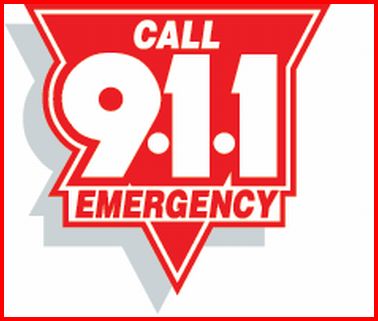
|
|
Does 911 work on my VoIP services?

If there is one phone number all kids and adults alike know, it is 911. This is for the safety of each of us. However, will 911 work the same with a VoIP phone service?
That is a good question. In the beginning of the VoIP creation, there were areas that were different from the traditional telephone. There were a few reliability and sound quality issues. However, most of this has as with any new technology, evolved and is better than ever.
|
|
The dialing of 911 is a process that with the traditional telephone system was these steps.
- Caller dials 911
- The callers phone service provider identifies the appropriate PSAP (public safety answering point)
- The call is routed appropriately
- The PSAP receives the call with an ANI (automatic number identification)
- Then the PSAP takes that number and verifies through the ALI (automatic location identification) the location of that number.
- Then the ALI will respond with the current address of that caller
- The authentication process of the address happens through a street guide
- The address if verified and delivered to the PSAP
In the case of a cell phone
- The basic ideas is the same
- Te name of the caller is delivered to the PSAP
- There is a code given to PSAP
- The code is queried and the identification is made
- The mobile caller is determined.
There were problems in VoIP service at many levels of this process.
In the instance that the VoIP service goes through a fixed service, like the cable wiring, there is no problem with the 911 calling features. This is because the location of the caller never changes. So therefore, it works much like the traditional telephone systems 911 process.
The problem occurred when the VoIP system was a moveable system. This is because the Internet does not provide a well-set geological location system for tracking. This is much more likely with a wireless connection to the Internet.
Many things can give a good probable location. The use of the IP number blocks, domain names, and other information can give a close location. However, this is not the most reliable situation. Therefore, it was required by the FCC that all VoIP providers find a way to make a more proficient and reliable for of emergency location process for VoIP services or inform their customers of what the FCC found as unacceptable for emergency services.
Many of the VoIP providers are working to improve the emergency 911 calling features in their services. There are many those calling 911 depending on the location you are in works just fine. However, be aware that there can be a variance in the calling of 911 than that of the typical 911 calls.
Here is the difference.
- Sometimes the call that is placed through to 911 is sent to an administrative line through emergency services. This is not always answered and handled proficiently.
- The VoIP call is detected and treated like a mobile phone number call.
- The call is treated the same as a standard traditional phone and the call is received and address located.
There is a variable in this that is concerning. This is that a person would want to know if the service they have is as reliable as the traditional phone line service. The best way to check this out is ask questions. Call your VoIP provider. Many times, they have a system that is going to accommodate the safety needs you are looking for. Knowledge is safety, give them a call and make sure what 911 services are set up for your area.
Privacy Policy, Terms of Use